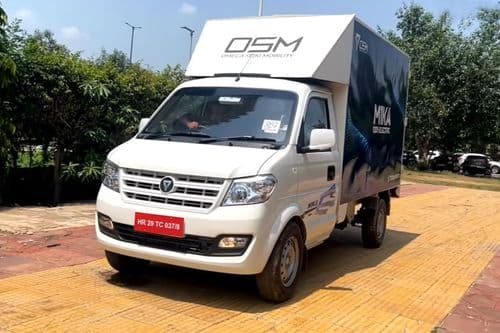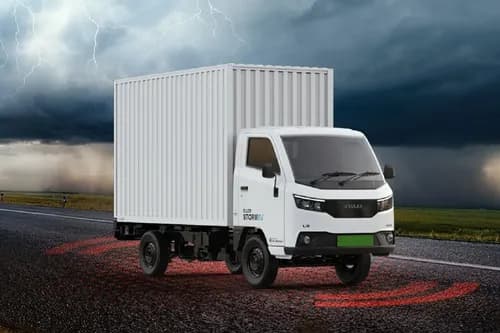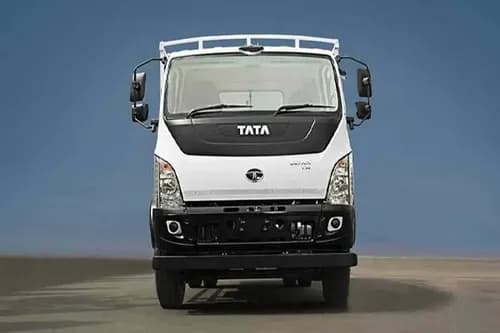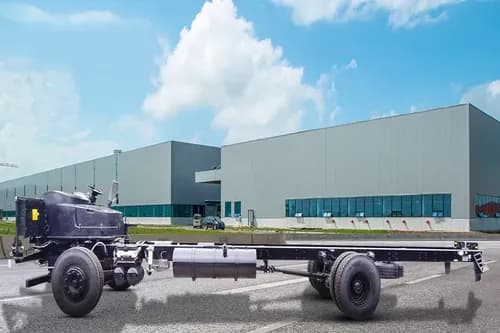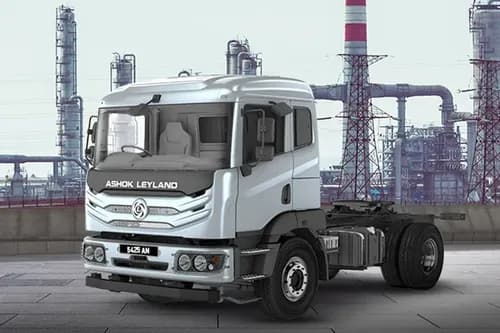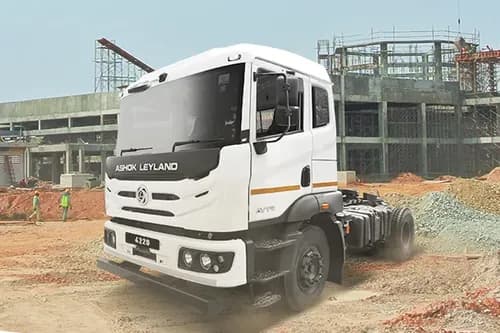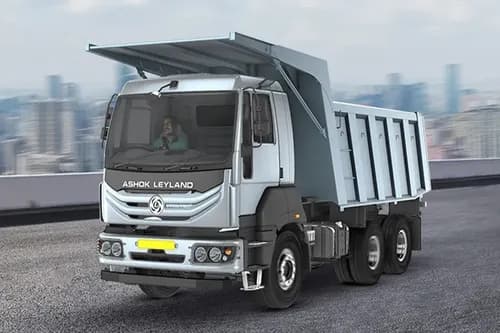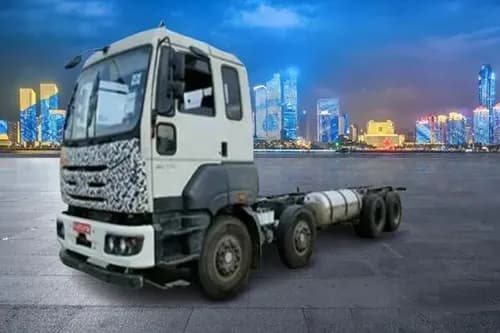Ad
Ad
Ad
Crop Rotation: Advantages of Crop Rotation
Crop rotation is an agricultural practice that involves systematically changing the types of crops grown in a specific land over successive seasons. In this article, we have discussed crop rotation and intercropping along with its advantages.

Agriculture is the backbone of the Indian economy. Agriculture contributes 14% of India's GDP. It offers necessities such as food for people and for animals. It is also an important supplier of raw materials for India's agro-based businesses.
Agriculture employs 49% of the Indian population. India's entire geographical area is 141 million hectares, including a net sown area of 141 million hectares and a gross cropped area of 195 million hectares.
The country's varied climate and soil conditions result in the production of a wide range of crops. All tropical, subtropical, and temperate crops are grown in India, although food crops account for two-thirds of total farmed land.
Crop rotation

Crop rotation is an agricultural practice that involves systematically changing the types of crops grown in a specific land over successive seasons. It is a practice used to manage soil health, prevent pest and disease buildup, and enhance overall crop productivity.
The fundamental idea behind crop rotation is to break the cycle of soil depletion that occurs when the same crop is planted year after year. Crop rotation reduces soil erosion and increases soil fertility and agricultural productivity.
Growing the same crop in the same land for many years in a row (monocropping) depletes the soil nutrients disproportionately. A crop that weakens one type of nutrient from the soil is followed the following growing season by a dissimilar crop that restores that nutrient to the soil.
Furthermore, crop rotation reduces disease and pest accumulation that occurs when one species is repeatedly cultivated, and it can improve soil structure and fertility by boosting biomass from diverse root systems. Both conventional and organic agricultural systems use crop cycles.
Also Read: Irrigation System: Methods, Types, and Significance
Advantages of Crop Rotation
Crop rotation is advised to most farmers when the land becomes stagnant and is not yielding as much as it should. Crop rotation has been shown to be effective in increasing soil fertility over time. The benefits of crop rotation farming are discussed below:
Enhanced Crop Quality: Rotating crops can lead to improved crop quality, as the soil's nutrient balance and health are consistently maintained. This can lead to better production and prevent nutrition deficiencies.
Reduces Soil Erosion: Soil erosion is defined as the removal of the topsoil layer by wind or water. However, when the soil is constantly covered by plants, the topsoil layer is not washed away by severe rainfall and winds. Crops like maize, which leave land exposed to soil erosion components, a layer of crawling plants or cover crops like beans and peas work effectively to prevent erosion by providing full crop cover to the ground.
Improves Soil Fertility: Crop rotation helps maintain soil fertility by distributing the nutrients evenly. Crops consume different sets of nutrients, and by alternating them, soil depletion is mitigated. This enhances soil structure and nutrient levels, leading to healthier, more productive fields. Planting the same crop type depletes the soil nutrients.
Each crop has unique nutritional requirements from the soil, releasing and absorbing various nutrients. Because crop rotation replaces nutrients that are insufficient or absorbs nutrients that are abundant, it promotes soil fertility by regulating deficiency or excess nutrients.
Pest and Disease Control: One of the key benefits of crop rotation is its ability to disrupt the life cycles of pests and diseases. Certain crop-specific pests may struggle to survive when their host crop is not present in the current season. As a result, farmers don't have to rely on chemical pesticides.
Sustainable Agriculture: Crop rotation is an important aspect of sustainable farming. It reduces the need for synthetic fertilizers and pesticides, conserves soil health, and lowers the environmental impact of farming.
Increases Crop Production: Crop rotation boosts the amount of crop produced from a single seasonal harvest. Farmers receive a variety and abundant harvest of crops at the end of each season. Crop rotation increases crop output by 10 to 25% compared to monoculture.
Intercropping

Intercropping is another farming practice that complements crop rotation. It involves planting two or more different crops simultaneously in the same field. Row intercropping, Strip intercropping, Relay Intercropping, and Alley intercropping are four types of intercropping.
Advantages of Intercropping
Intercropping farming has major advantages over monoculture farming in terms of increasing yields and making better use of land and resources. The following are the most important intercropping advantages:
Revenue: Secondary crops generate higher returns and profit even if the first crop fails.
Land utilization: Planting species in between rows provides for more efficient soil utilization, as opposed to monocropping, which leaves gaps between rows underutilized. Intercropping optimizes land use by allowing the simultaneous cultivation of multiple crops, increasing overall productivity.
Cash Crop Protection: Intercropping has various purposes, including repelling or trapping pests and attracting beneficial insects, as well as providing protection from winds and more sunshine. Pest management decreases the use of chemicals, saving money.
Preventing soil erosion and crust formation: Intercropping with ground-covering crops can help prevent soil erosion, and maintain soil structure and health. Plants between rows use their roots to reduce erosion.
Nutrient Efficiency: It provides nutrients to the primary crop. Since the legume family is known for nitrogen fixation, it passes on nitrogen to the surrounding species. Different crops in an intercropped system can utilize nutrients more efficiently, reducing soil depletion and enhancing nutrient recycling.
Less use of Fertilizer: Intercropping farming contributes to soil fertility, it eliminates the need for synthetic fertilizers.
Use of Natural Resources: Maximum utilization of natural resources such as water and solar energy when they are distributed to secondary crops. It also Increases biodiversity and environmental stability.
Pest and Disease Diversification: By planting different crops together, pests and diseases specific to one crop are less likely to affect the entire field.
Crop Farming
Crop farming is the practice of cultivating crops for food, fibre, or other agricultural products by farmers all over the world. It plays a crucial role in feeding the world's population and providing raw materials for various industries. Crop farming can involve various agricultural techniques, including crop rotation and intercropping, to maximize yields and sustainability.
Also Read: Fish Farming Business in India: How to Start, its Types, and Challenges
Crop Period and Crop Cycle
Crop Period

Crop period refers to the specific time period during which a particular crop is grown in a field. Different crops have different time periods to grow properly. For example, rice might take about 3 to 6 months to grow from planting to harvest, while spinach might only take a month. During this period, the crop goes through various stages like germination, growth, flowering, and finally, it's ready to be harvested.
Crop Cycle

The crop cycle is the complete sequence of stages that a crop goes through from the point of planting the seeds to the point of harvesting the mature crop. It includes all the steps a plant goes through, such as preparing the soil, planting seeds, watering, taking care of the plants as they grow, and eventually harvesting the crops.
After harvesting, the field is often prepared again for the next cycle, which could involve clearing the leftover plants, ploughing, and planting new seeds. This entire process, from planting to harvesting and then preparing for the next crop, is what we call the crop cycle.
In simple terms, the crop period is the time a specific crop needs to grow, while the crop cycle is the entire process of growing that crop from start to finish, including getting the land ready for the next crop afterwards.
Conclusion
Crop rotation is a practice of sustainable agriculture, offering numerous benefits such as improved soil health, pest and disease control, and enhanced crop quality. When combined with intercropping, it becomes even more effective in maximizing land use and minimizing agricultural challenges.
Crop farming is essential for providing food and resources to a growing global population while conserving our precious land and resources.
Features & Articles
Top 5 Tata Ultra Trucks in India 2025: Price, Features And Specifications Explained
The Tata Ultra range offers modern and stylish trucks. In this article, we have listed the Top 5 Tata Ultra Trucks in India 2025 with their price, specifications and feat...
17-Feb-25 06:24 AM
Read Full NewsBest Three-Wheelers Showcased At Auto Expo 2025
If you are interested in buying three-wheelers or want to learn more about the latest features and technologies in three-wheelers, this article is for you. ...
14-Feb-25 12:36 PM
Read Full NewsDiscover Why Electric Rickshaws Are Smart Investments in India
Electric three-wheelers have become a smart choice for many businesses due to several reasons. Here’s Why Electric Rickshaws Are Smart Investments in India...
12-Feb-25 01:18 PM
Read Full NewsExcavators in India: Types, Best Models and Their Uses in Construction Sites
Explore excavator types in India, their features uses, and prices. Find the best machine for construction, mining, and infrastructure projects....
11-Feb-25 11:41 AM
Read Full NewsFASTag New Rules: Everything You Need to Know
According to the plan, the cost for a monthly pass will be Rs 3000. Additionally, commuters can opt for a lifetime pass for Rs 30,000....
11-Feb-25 09:43 AM
Read Full NewsSWITCH Mobility IeV8: The Smart Electric Commercial Vehicle
The IeV8 offers two battery options: 70 kWh and 140 kWh, which allow it to cover distances of up to 250 kilometers. ...
06-Feb-25 01:28 PM
Read Full NewsAd
Ad
Registered Office Address
Delente Technologies Pvt. Ltd.
M3M Cosmopolitan, 12th Cosmopolitan,
Golf Course Ext Rd, Sector 66, Gurugram, Haryana
pincode - 122002
Join CMV360
Receive pricing updates, buying tips & more!
Follow Us
COMMERCIAL VEHICLE BUYING BECOMES EASY AT CMV360
CMV360 - is a leading commercial vehicle marketplace. We helps consumers to Buy, Finance, Insure and Service their commercial vehicles.
We bring great transparency on pricing, information and comparison of tractors, trucks, buses and three wheelers.












